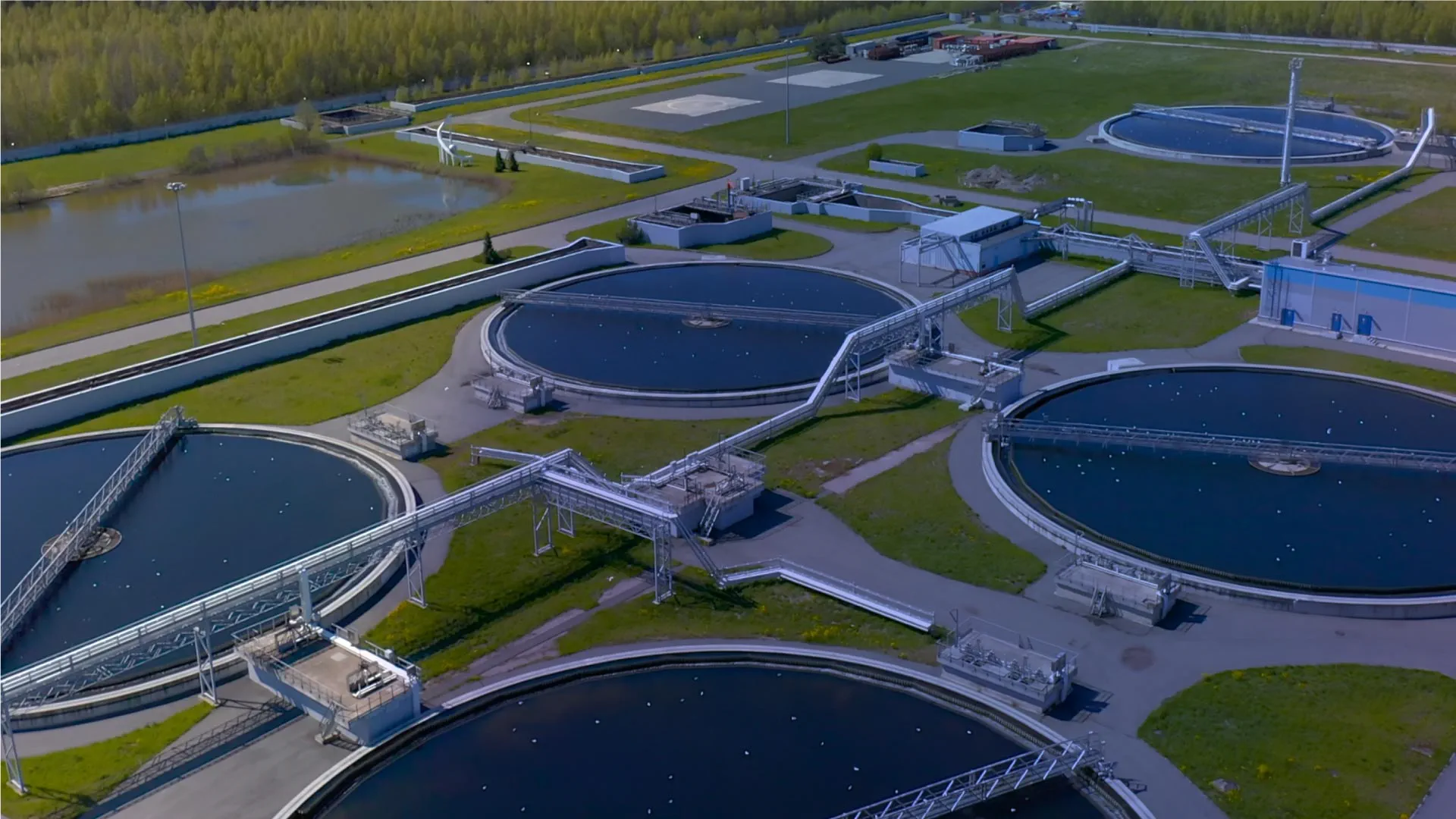How do we link data to the decision-making process?
The value that organizations place on their data has skyrocketed in the last few years.
As it should. After all, access to reasonably accurate and timely data is key to effective decision-making, planning and communication for both internal and external stakeholders. So what's holding companies back from full on digitizing?
The transformation to digital
When planning a digitization strategy, data quality and availability should be at the forefront of an organization's mind and should be at the center of their relevant activities. Data access is particularly important during key planning or decision-making times—such as regulatory submissions or rate cases—as this will dictate the direction of the company within the foreseeable future. Recently, many sectors and regions have seen a push where regulators and senior management teams have set data improvement objectives, which often initiate significant data gathering exercises, as well as upgrades to supporting systems like mobile data collection, asset performance, investment planning solutions, and others.
But for all that they are indispensable, data collection initiatives can be time-consuming and costly. Decisions need to be made quickly, especially in periods of uncertainty such as what we have now with the COVID pandemic, but information can be inadequate. How then can we ensure that we're able to efficiently and maximally use what is available, and properly address what is lacking?
Harnessing the power of data
To understand the quality of data, it first needs to be analyzed. As the volume of data held by any organization typically far exceeds the average human's capacity to review individual data lines—and neither would this be an efficient means of analysis, anyhow—, analytics tools like scripts are used to look for gaps and inconsistencies in data, as well as identify any potential errors. Whilst data can be infilled using statistical methods and by applying logic from various sources (such as engineers, manufacturing guidelines, etc.), it is even more important to understand where these gaps have the most impact on our ability to make decisions and, ultimately, do business.
So how do you decide which data is most valuable and understand where gaps are significant? Determining this will help target data collection exercises effectively in the future and help the organization understand the real benefit of data improvements.
Putting it all together
Data modelling and advanced analytics, including more complex exercises, such as sensitivity analysis, enable users to pull different levers (e.g., change model constraints like budget, resource availability, etc.) and test the results with new data sets. By rerunning a scenario with data that has used different infill rules to populate missing lines, it provides a quick and easy means to understand the impact of different values on the model results and, by extension, investment decision-making.
How do we pull data together? For most companies, data continues to sit in multiple, disconnected systems such as data analytics tools like Enterprise Asset Management systems, Asset Investment Planning, Project Delivery, GIS and Scada, or hosted on local spreadsheets, databases, or SharePoint. The question here is whether data can be quickly brought together to enable some "wins", or if there is a need to wait for a full integration environment.
Data, modelling and integration are all factors in building a successful digitization strategy for investment planning. But a much smoother route to ensuring organizational buy-in and success is by defining a strategy and a roadmap that allows the business to take small steps, each of which should be well-defined and provide tangible benefits to the company. Whilst the overall strategy should be clearly defined and communicated, it is important to be agile as, with any new initiative, lessons learned along the journey should be incorporated as the digital environment evolves and matures.
The missing link
Circling back to our first big ask: how do we link data to the decision-making process, before we complete our journey to a fully integrated, all singing-and-dancing, systems environment?
There are a number of routes:
-
Understand that your data is already good enough today to make decisions and move forward. It has to be—decisions cannot wait.
-
Use expertise, whether from within the business or from external sources, to help develop rules for infilling missing information such as asset health or deterioration, or project delivery timelines and costs.
-
Use available statistical methods to understand how changes to the data or modelling rules will impact results, allowing for a better understanding of potential risk, and gaining more confidence in decision-making.
-
Define your strategy for moving forward with any digitization and digitalization initiative. Confirm the strategy has deliverable steps with clear timescales and benefits. Doing so ensures that key stakeholders can understand the costs/benefits of each phase and the business will be able to manage a smaller set of deliverables more efficiently.
-
Set realistic timescales for each phase. We are operating in uncertain times and having some legroom to deliver quality outputs takes the pressure off the team and allows them to arrive at the best outcomes.
-
Avoid systems where it is difficult to identify errors or validate results for complex activities, such as standalone spreadsheets.
-
Identify any quick wins or key deliverables and look to produce these first, wherever and whenever possible. What will offer the most value to the business quickly?
-
Look to gather and bring together data from all relevant sources—in the first instance without undertaking large integration projects or incurring associated costs or time commitments.
Generating what's next
Whether your asset management processes are mature and well-defined, or you are just starting out on the journey towards improving asset decision-making, Arcadis Gen has a solution.
For organizations looking to implement something quickly, or smaller companies dealing with limited resources, we have developed the Universal Visual Optimizer (UVO)—a flexible and agile solution that brings data together from multiple sources to enable rapid decision-making and optimization of investment projects. Uniquely, UVO can be deployed in days and is designed to support business users and stakeholder communications, particularly those with no background in data analytics, making it the perfect solution to present at an executive meeting!
With a need to respond to a rapidly changing economy, it is important that decision-makers can understand the impact of changing priorities and environments, project variances or reductions in budget. UVO was developed in conjunction with our customers to specifically answer these questions—instantly. Designed with the average business user in mind, there is no need to employ a data scientist to configure, update or run scenarios when you've got UVO.
Conclusion
Looking back, no one could have predicted the number of challenges organizations would face in delivering both capital and maintenance projects in 2020 and the domino impact beyond. Let Arcadis Gen’s Universal Visual Optimizer help your organization understand and identify the best program of work moving forward and respond to any future changes – quickly and efficiently.
For more information, you can download our fact sheet or book a demo to transform your business today.
Did you find this information useful?
Did you find this information useful?
Thank you for your feedback!

 Back
Back









